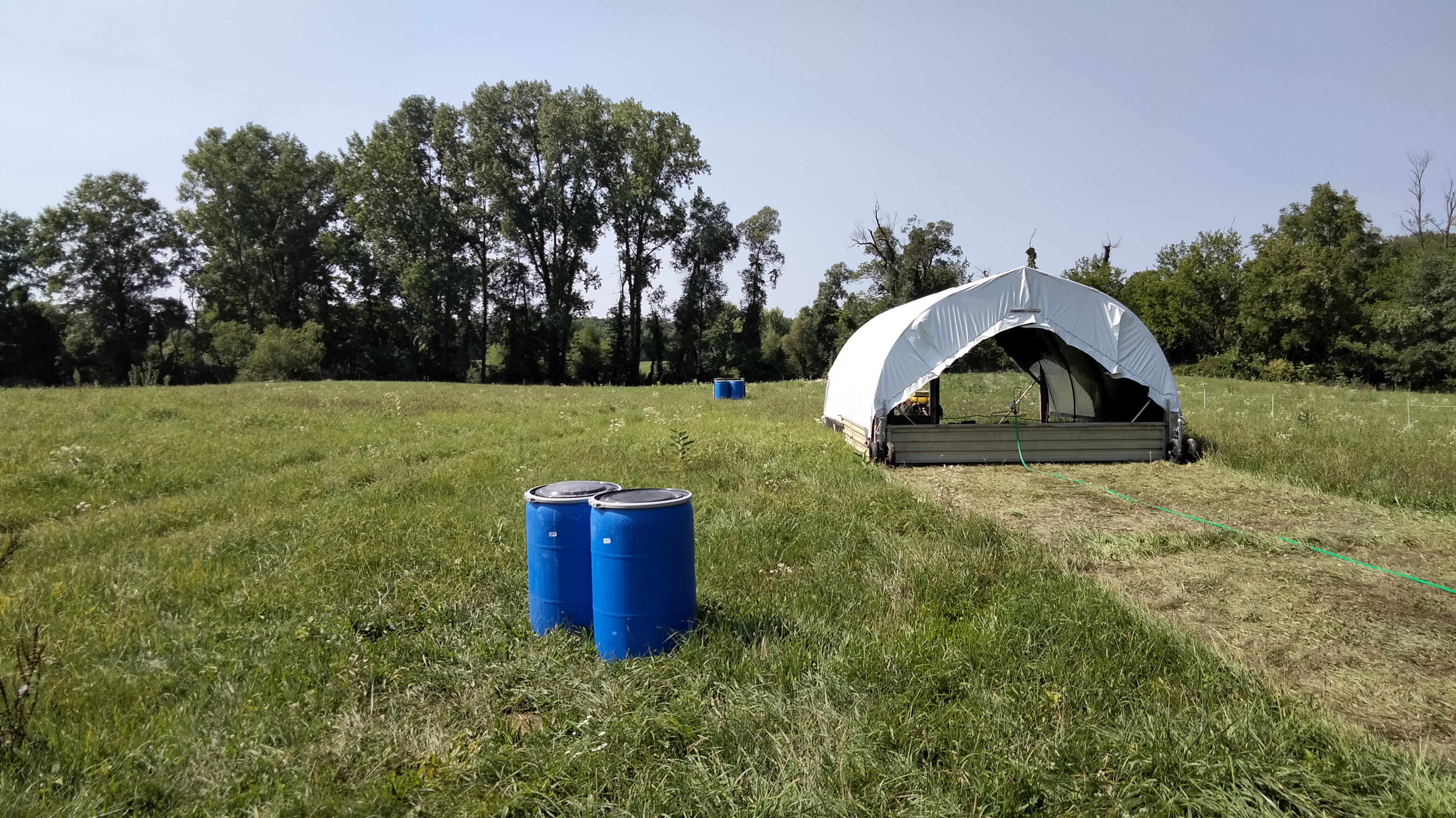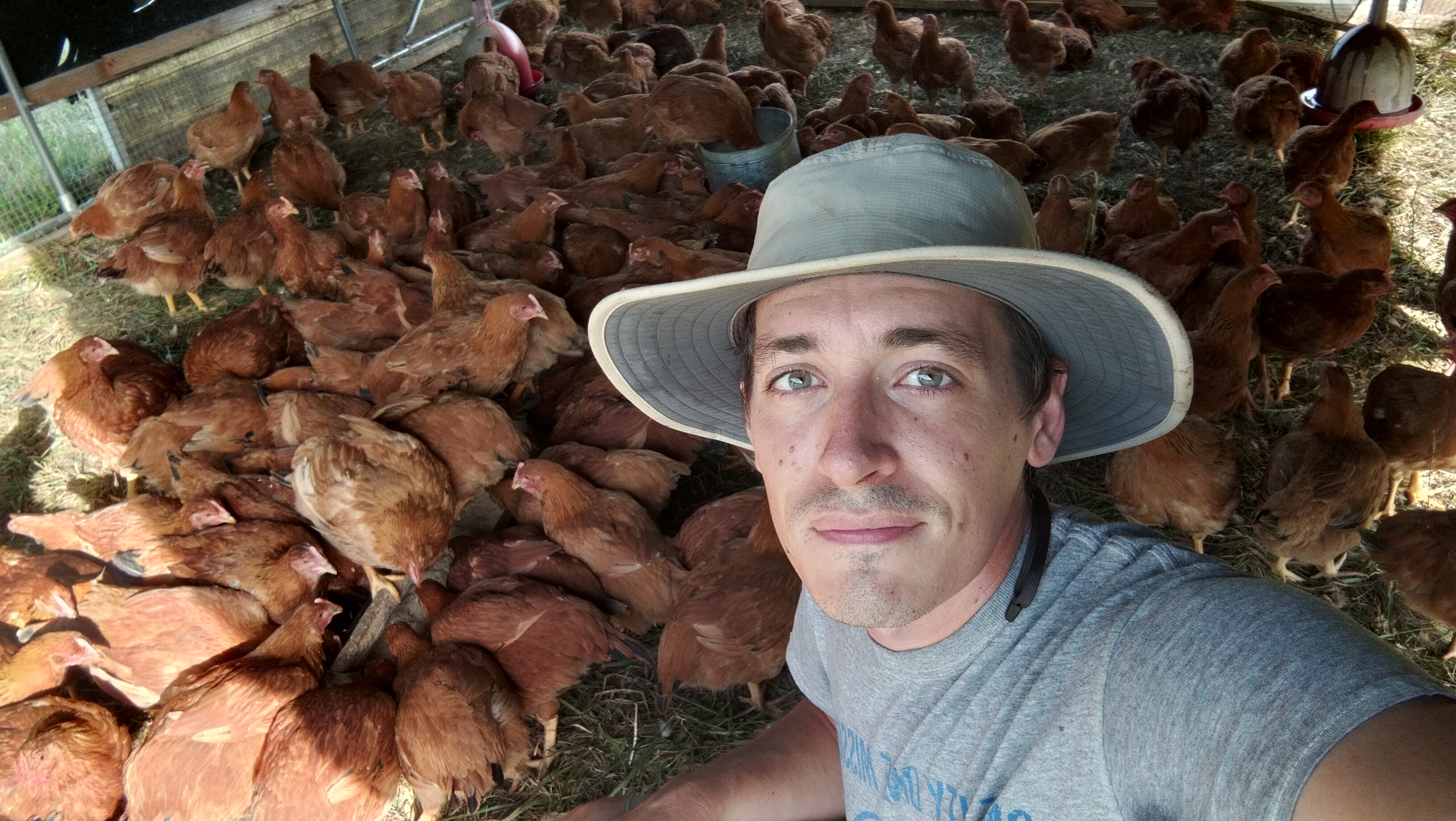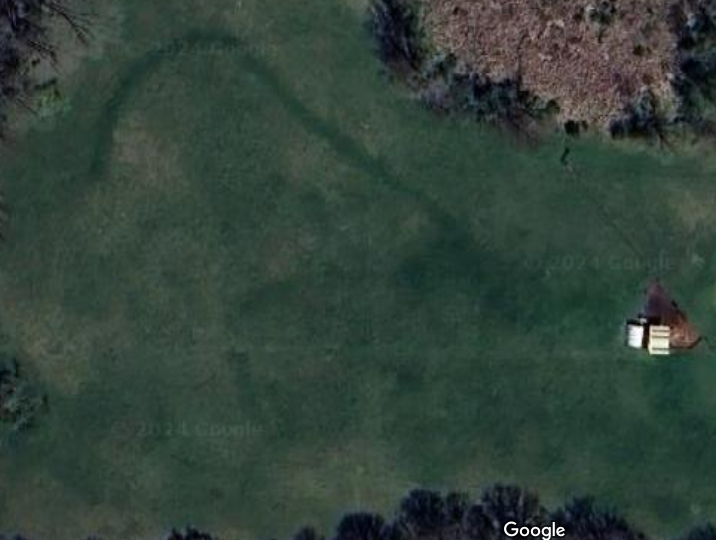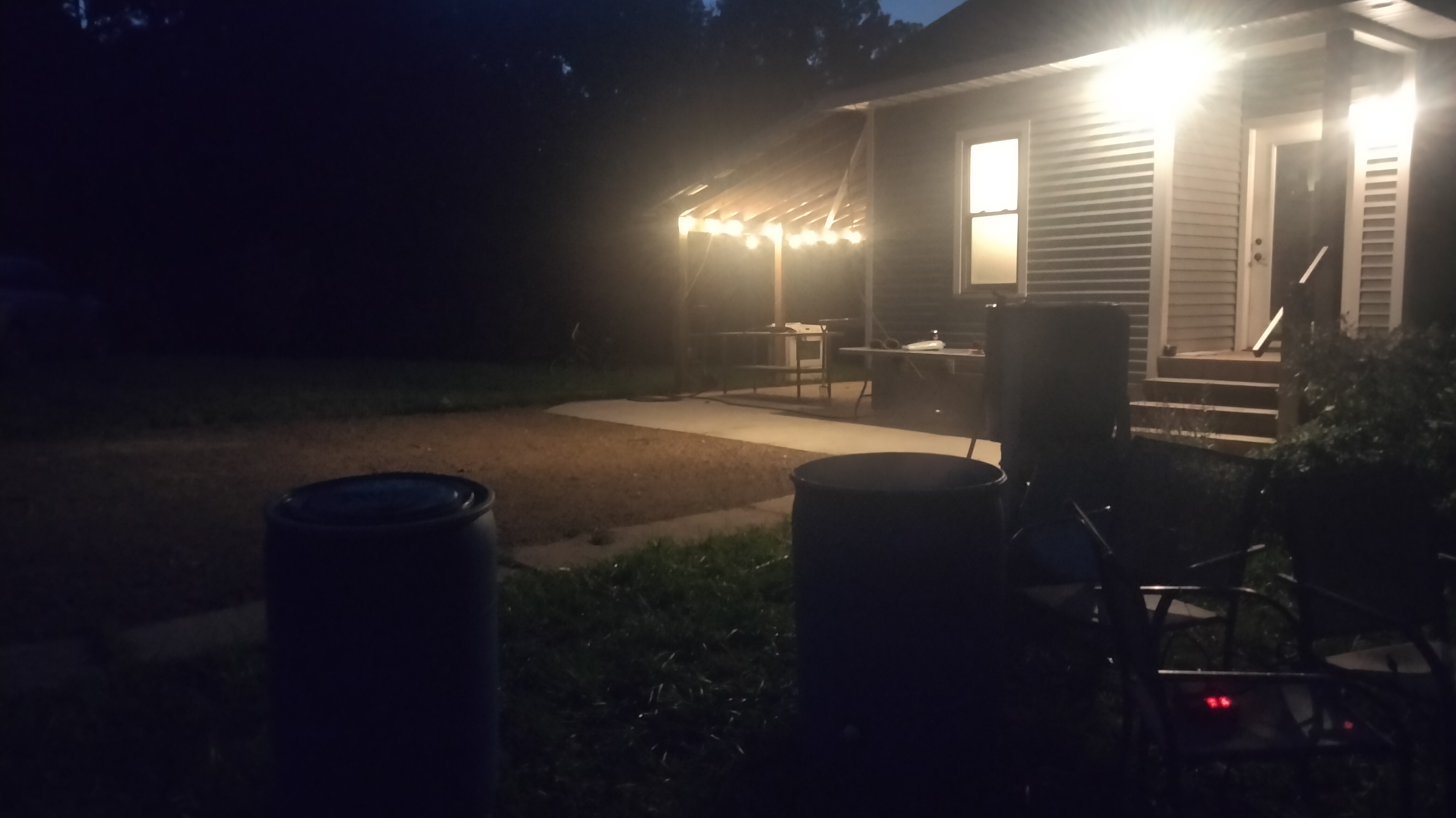Chicken Weekend, 2024
Warning: this post is about raising and processing (ie, butchering) chickens. There are no graphic details, but it does recognize that meat comes from animals which are living up until harvest day.
For the last six years, we have raised and processed our own chickens to feed our families. Every July, we receive chicks from the hatchery which will spend the summer on the pasture in the chicken schooner while they grow and leave their droppings on the grass. It's a small way to get nutrients back into the ground and to provide organic, grass-raised chicken for our family.
Our family raises Rudd Ranger chickens, which are hardy birds that do well fully outdoors. They grow to full size in 12 weeks, so we're butchering after the hottest part of the summer, but before it gets too cold. This particular breed grows slower than other meat breeds, but they're less prone to disease and they don't balloon up and run into joint issues and disease like the Cornish Cross, especially being raised outdoors.


The schooner is moved every day during the growing season so they're always on fresh grass, eating insects, and putting nitrogen back into the ground. This particular pasture needs the nutrients and we can tell the strategy is working because aerial photos of the pasture clearly show where we've had them over the last several summers. The long dark green swoop in the picture is last season's schooner path. The grass is thriving in these areas which is good for the other critters, including the cows when they're grazing out here.

Butcher day is bittersweet. We've taken care of these animals for three months. They're not pets and it's definitely work to make sure they're healthy. At the same time, we cannot dissociate ourselves from the fact that we are living today because something else died. We start early in the morning and work through until every animal has been processed and is either bagged whole in the freezer or is cooling overnight in the chiller.

The second day of work is spent quartering chickens to package as thighs, breasts, and wings. With three families buying in this year, we each ended with about 65 chickens split between whole and pieced up packages.
This is, by far, one of our most hands-on tasks on the farm. We all contribute energy through the growing season, splitting the brooding, feeding, and raising evenly. This is the day when we all put in sweat equity to provide a large portion of our annual meat diets. There is a lot of laughing while we work, but there are also serious moments. When the first animal is started, it's quiet. We're thankful that we have the opportunity to raise our own food. We also understand - and teach out kids - that taking a life is serious business. We don't take butchering lightly and we make sure our kids see the sanctity of the task.
The same is true for the last chicken. After several hours of doing some dirty work, we're glad when the last one is finished. We can sit down and look at the fruits of our labor. It's a very tangible process.
It also really feels like the end of summer. Chicken weekend is a marker for the end of the growing season - gardens are taken out already and this is one of the last jobs to do while we prep for winter. Every year, it's a time for me to reflect on the weeks of work to prepare for this day and I always walk away feeling more connected to this place.

Comments